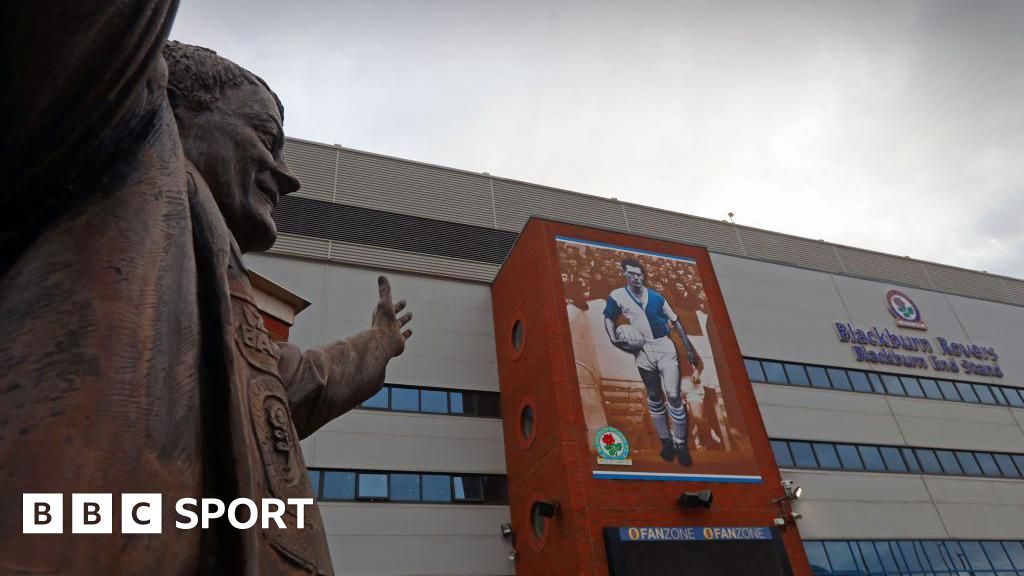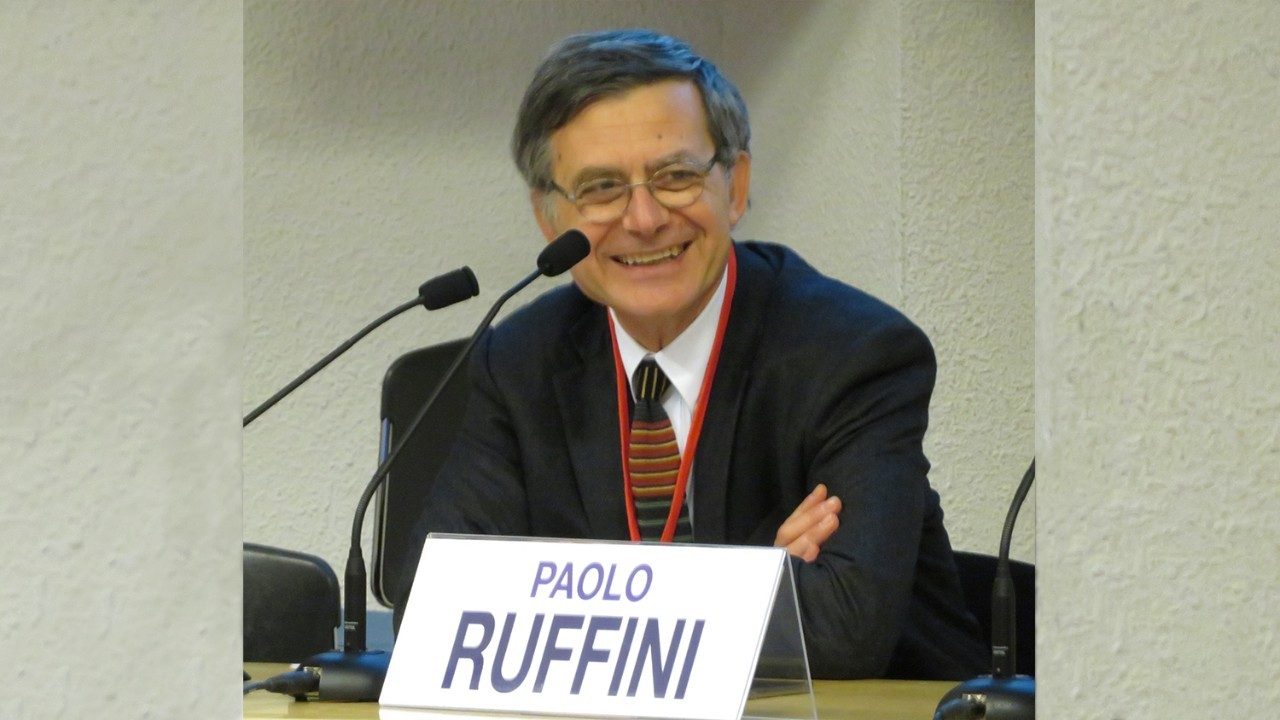World
The National World War I Memorial Is Finally Finished
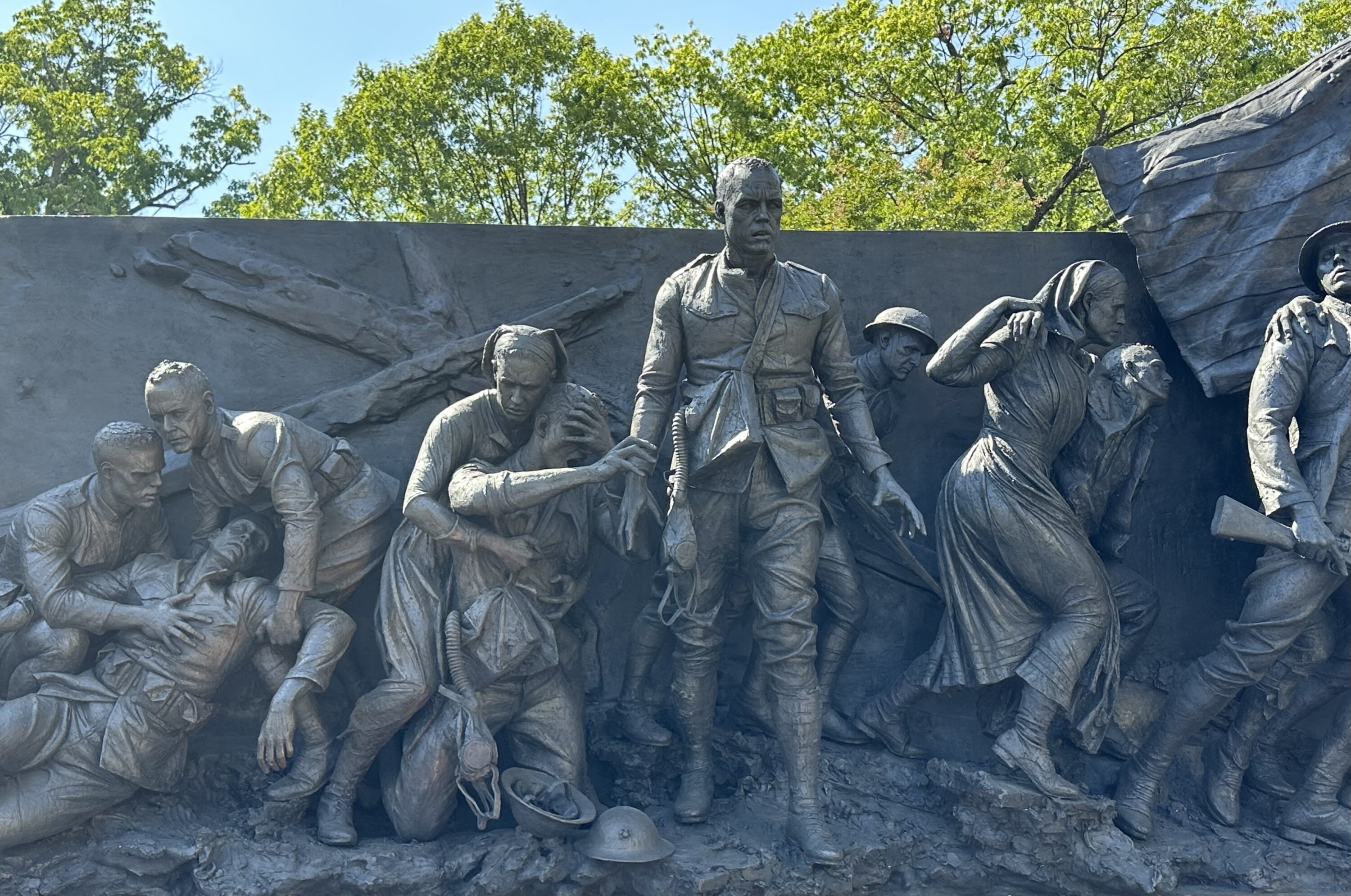
Photograph by Chris Isleib, courtesy of the World War I Centennial Commission.
As the sun sets on Friday, September 13, the World War I Centennial Commission and the Doughboy Foundation are officially unveiling “A Soldier’s Journey,” a 25-ton bronze centerpiece for the World War I Memorial in Pershing Park. A “First Illumination Ceremony” will commemorate the special evening, which is also the 164th birthday of the park’s namesake, WWI General John J. Pershing. The project is over a decade in the making.
The main site, located at 15th Street and Pennsylvania Avenue between the White House and Freedom Plaza, opened to the public in 2021. Architect Joe Weishaar designed the three-acre space after winning a national design contest run by the WWI Centennial Commission in 2016. The memorial’s construction transformed the run-down park into a refreshed community space with a reflective water feature. However, it was missing its central art installation.
Unlike the rest of DC’s memorials for 20th century wars, the newest addition does not reside on the National Mall. The Commemorative Works Act of 1984 made further construction on the historic land difficult, but Edwin Fountain, the former vice chair of the World War I Centennial Commission, says the new location is a benefit. In addition to offering more space, Fountain says the spot at the “juncture” between the mall and the rest of the city could mark an opportunity to open up DC’s memorial landscape.
“We like to think we’re doing a service by building a memorial that’s not on the National Mall. Lots of people want to put memorials in Washington, and everybody wants to be on the mall,” says Fountain. “We hope we’re showing that it’s possible to build a well-visited memorial farther out in Washington.”
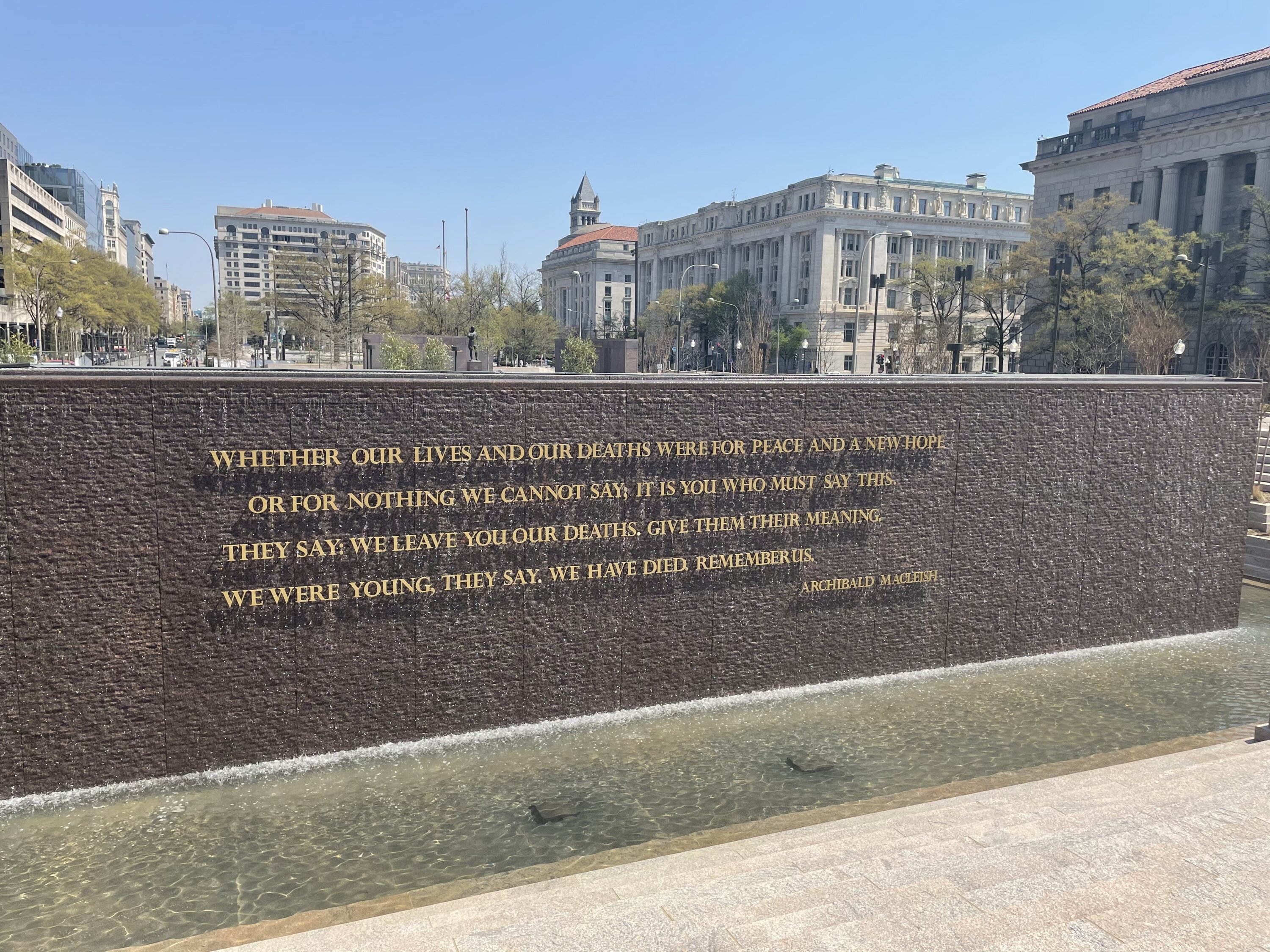
While working in DC as a lawyer in 2008, Fountain co-founded the World War I Memorial Foundation. The volunteer-based group led an effort to restore the 1931 District of Columbia War Memorial, which commemorated local lives lost in the Great War. Working on the project made him realize that the WWI conflict was not adequately represented in DC. There were major memorials for World War II, Vietnam, and Korea but nothing for WWI.
“We were unintentionally sending a message that World War I was less significant,” says Fountain. “But World War I was arguably the most consequential event of the 20th century. It led directly or indirectly to those wars that we commemorate on the Mall.”
The Foundation began planning to erect an official tribute to WWI in 2008. When Congress created the “World War I Centennial Commission” in 2013, Fountain could finally push the monument to the finish line as vice chair.
After 16 years of fundraising, legal hurdles, and construction, “A Soldier’s Journey” marks the final puzzle piece in this long-awaited tribute. True to its name, the 58-foot-long relief conveys an archetypal “hero’s journey,” wherein a man in uniform leaves his family to serve in the Great War, witnesses the horrors of battle alongside his fellow soldiers, and returns home. American Sculptor Sabin Howard designed the massive structure, which was transported to DC this week after a years-long forging process in England. It includes 38 human sculptures, many of which bear resemblance to the veterans who posed as models for Howard.
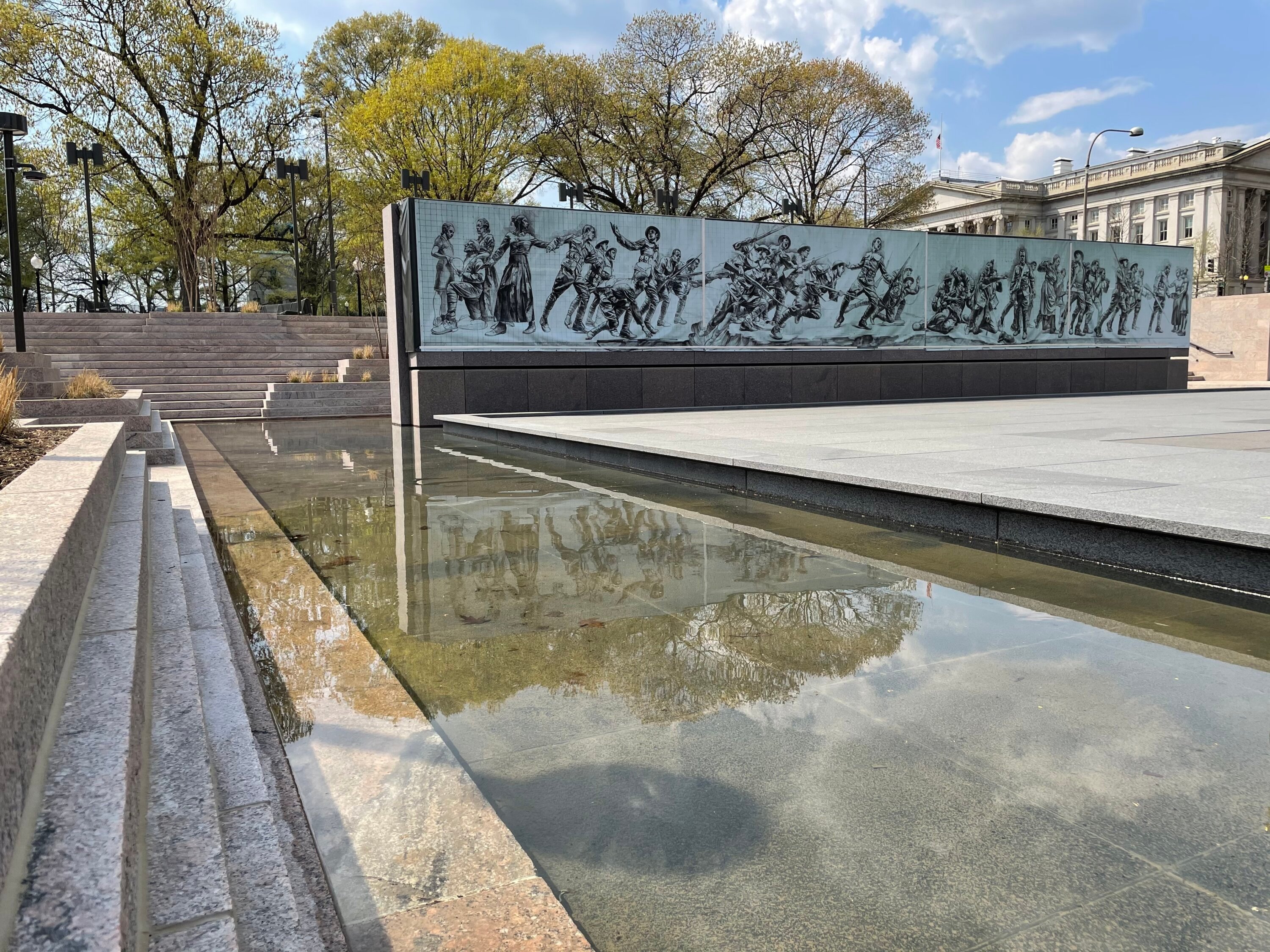

If you look closely, Fountain says these figures reveal a number of stories that reflect the “diverse breadth of the American commitment to the war effort,” including indigenous, African-American, and immigrant soldiers who signed up to fight abroad—even as they were facing their own civil liberty battles of civil liberty in the United States.
Despite its heroic appearance, the people behind the memorial do not intend for the memorial to glorify warfare. Throughout the quadriptych, there’s a somber implication that even the soldiers who returned home were forever changed by war. The final panel entitled “return” even shows the titular soldier’s daughter peering into her father’s helmet. There, she sees a grave premonition of what is to come: “The War to End All Wars” was anything but.
Fountain hopes the Memorial will offer visitors a contemplative space with an overriding message of peace. For evidence of his peaceful thesis, Fountain points to the reverse-side of the bronze statue, where there’s an inscription of an excerpt of the poem “The Young Dead Soldiers Do Not Speak” by Archibald MacLeish. The last line reads, “We were young, they say. We have died. Remember us.”
The Illumination Ceremony will commence at 7:15 PM on Friday, September 13. Other activities throughout the opening weekend will commemorate the finished memorial, including live reenactments and the presence of historic World War I vehicles.






